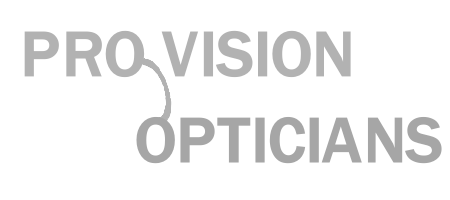External Hordeolum (Stye) & Internal Hordeolum
External hordeolum (stye) – acute bacterial infection of the lash root (sebaceous gland)
Internal hordeolum – acute bacterial infection of Meibomian gland
The infection is usually caused by staphylococcal bacteria.
In both types you may get a tender lump in the eyelid, watery eyes and inflammation of the eye and lid.
An external hordeolum presents it self as a tender inflamed swelling of the lid margin, especially around the bottom of a lash and it may form a yellow head which points through the skin. You can sometimes get a few styes along the lash margin.
An Internal hordeolum is an infection of the meibomian gland which is a gland on the eyelid margin, within the tarsal plate. These tend to be more painful than a stye and again they can form a yellow head which may form at the top of the gland or through the conjunctiva next to the eyeball. A chalazion is similar to an internal hordeolum but is due to a blockage of the meibomian gland which then leads to a cyst formation, without the infectious component.
Predisposing Factors
If you get tired, inflamed eyes (sometimes with crusting of the lashes) then you may have something called chronic blepharitis. Treating this with lid hygiene and warm compresses can sometimes help stop hordeolums from reccuring.
Management
Most hordeolums last a couple of weeks and then resolve spontaneously. The cyst can discharge and if there is a lot associated with the hordeolum you may benefit from antibiotic drops or ointment to stop any secondary conjunctivitis but most resolve once this has happened.
With Styes, removal of the associated lash can help it resolve faster, whilst hot spoon bathing and/or warm compresses may relieve symptoms and help the glands to become unblocked.
As mentioned above, if there is any associated blepharitis this should be treated with lid hygiene, either using specially prepared treatments such as Lidcare or Supranette wipes or using a mixture of 5 parts boiled then cooled water (don't burn yourself) with 1 part "no more tears" baby shampoo using a cotton pad or bud to remove any crusting and to clean the lashes. Be careful not to poke yourself in the eye.
If the swelling does not resolve after a few weeks then it would need to be investigated further to see if treatments such as systemic antibiotics or surgical removal may be needed and to rule out any other causes.
